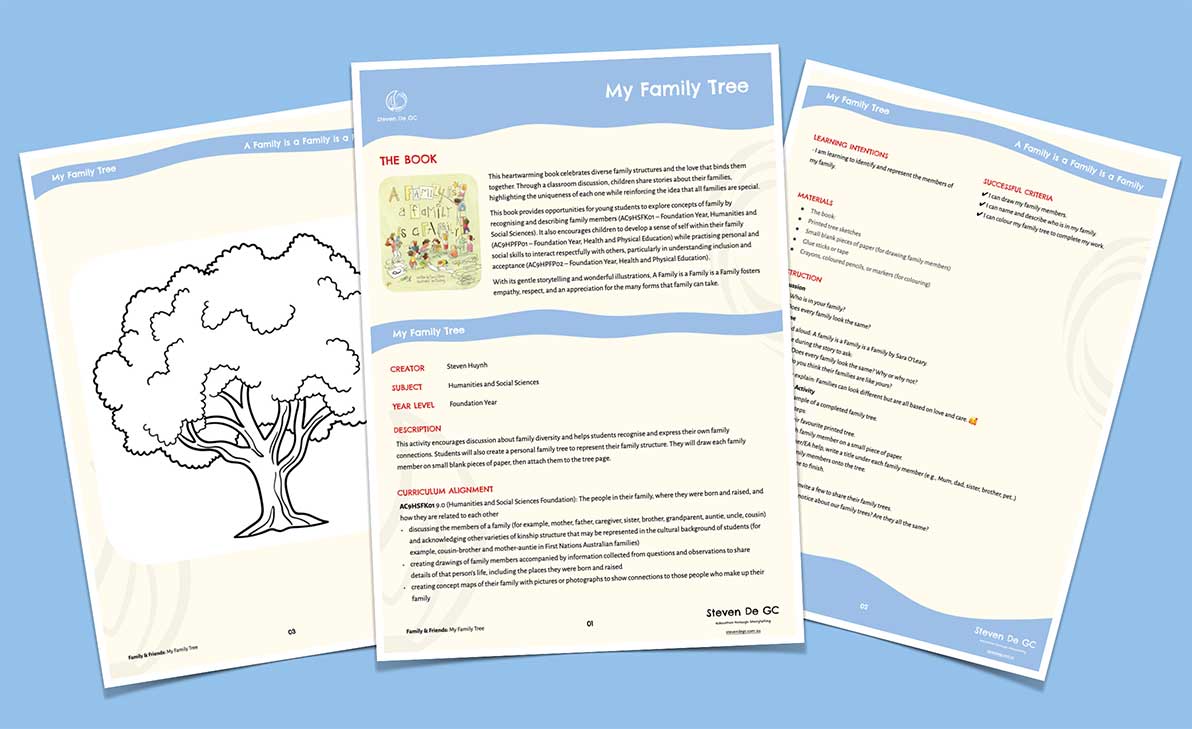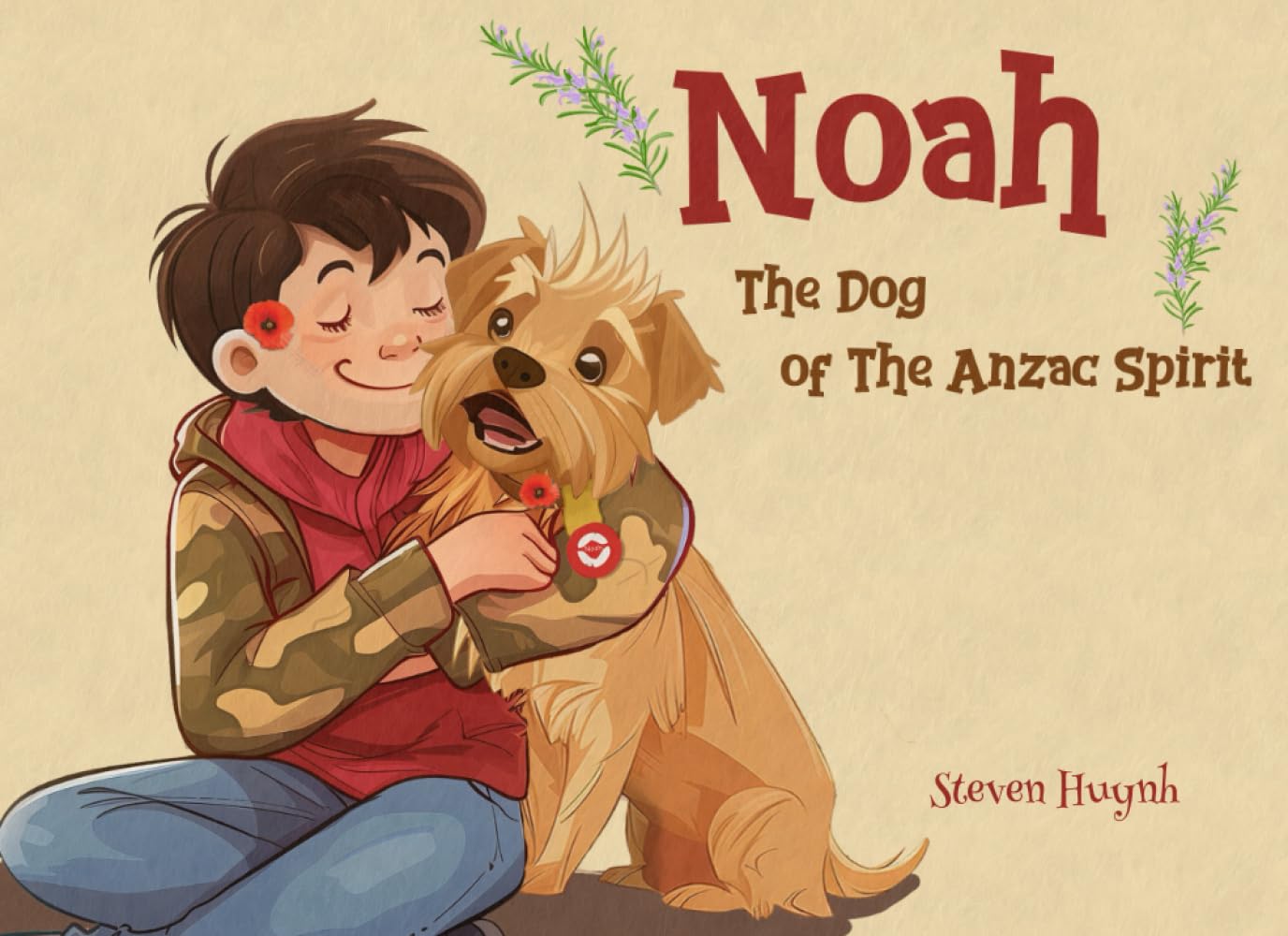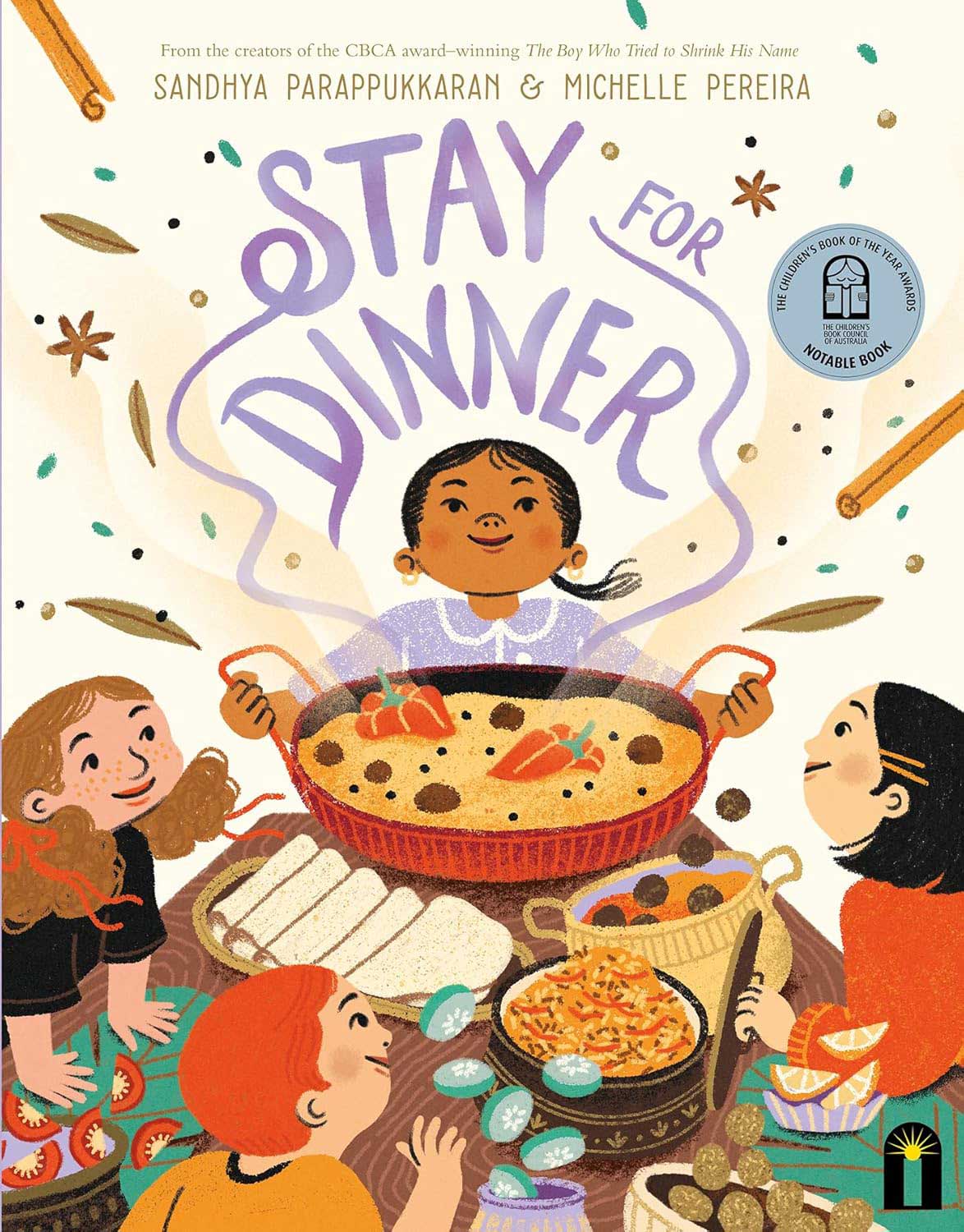Humanities and Social Sciences
Humanities and Social Sciences (HaSS) Books, Activities and Teaching Support (Foundation to Year 2)
- Help young children make sense of their world with our collection of picture books, classroom activities, and teaching resources focused on History and Geography—all aligned with the Australian Curriculum for Foundation (age 5), Year 1 (age 6), and Year 2 (age 7).
- In Geography, children explore topics such as special places (like home, school or Nanna’s house), the features of places (natural, managed or constructed), and broader geographical divisions including states and regions.
- In History, children learn about families and their members, celebrations and commemorations, cultural diversity, and intergenerational differences. They also consider the importance of local historical and social sites, and how technology has changed daily life over time.
- Our practical articles for teachers and parents offer tips for sparking inquiry, guiding discussions, and building children’s understanding of people, places, and the past—both in the classroom and at home.
Topics in this subject
-
Paper Weaving for Year 2
📔 Afloat by Kirli Saunders• We are learning to use paper weaving as a way to design with care and practise our producing skills using sustainable materials.
-
Afloat
Written by Kirli Saunders
Illustrated by Freya Blackwood
Published by Little Hare Books
Theme/topic: Culture, First Nations, Identity, Producing, Sustainability, and Weaving
The book is a poetic and reflective story that gently explores connection to Country, identity, and community through the metaphor of water and weaving. Rooted in Aboriginal perspectives, the text provides a meaningful opportunity to learn about weaving as a cultural practice that strengthens identity and builds unity within community (AC9HP2P01 – Years 1 and 2, Health and Physical Education).
The story also opens conversations around sustainability and traditional knowledge, showing how weaving products are crafted from native plants found in local environments (AC9TDE2K01, AC9TDE2K03 – Years 1 and 2, Design and Technologies). By recognising the environmental sources and cultural significance of materials, Afloat supports an appreciation for First Nations practices and their role in caring for Country.
Family Diversity with A Family is a Family is a Family: A Curriculum-Aligned Review
Explore family diversity and inclusion in A Family is a Family is a Family, aligned with key Australian Curriculum areas for Health, HaSS, English, and Visual Arts.
[T4R] A Family is a Family is a Family Reading Unit for Foundation Year
📔 A Family Is a Family Is a Family by Sara O’LearyAC9AVAFC01 (Visual Arts – Foundation) AC9EFLA07 (English Language and Literacy – Foundation) AC9EFLE02 (English Language and Literacy – Foundation) AC9EFLY01 (English Language and Literacy – Foundation) AC9EFLY02 (English Language and Literacy – Foundation) AC9EFLY05 (English Language and Literacy – Foundation) AC9EFLY07 (English Language and Literacy – Foundation) AC9HPFP01 (Health and Physical Education – Foundation) AC9HSFS03 (Humanities and Social Sciences – Foundation) AC9HSFS04 (Humanities and Social Sciences – Foundation) AC9HSFS05 (Humanities and Social Sciences – Foundation)[T4R] A Family is a Family is a Family: L5 Summarising
📔 A Family Is a Family Is a Family by Sara O’Leary• We are learning to summarise the key messages of the text.
[T4R] A Family is a Family is a Family: L4 Connecting to a Similar Text
📔 A Family Is a Family Is a Family by Sara O’Leary• We are learning to extend our connections to a similar text.
[T4R] A Family is a Family is a Family: L3 Making Personal Connections
📔 A Family Is a Family Is a Family by Sara O’Leary• We are learning to make personal connections with the text.
[T4R] A Family is a Family is a Family: L1 Background Knowledge
📔 A Family Is a Family Is a Family by Sara O’Leary• We are learning to build our background knowledge to help us comprehend a text.
My Family Tree
📔 A Family Is a Family Is a Family by Sara O’Leary• I am learning to identify and represent the members of my family.
A Family Is a Family Is a Family
Written by Sara O’Leary
Illustrated by Qin Leng
Published by Groundwood Books
Theme/topic: Diversity, Family history, Identity, and Recount
This heartwarming book celebrates diverse family structures and the love that binds them together. Through a classroom discussion, children share stories about their families, highlighting the uniqueness of each one while reinforcing the idea that all families are special.
This book provides opportunities for young students to explore concepts of family by recognising and describing family members (AC9HSFK01 – Foundation Year, Humanities and Social Sciences). It also encourages children to develop a sense of self within their family (AC9HPFP01 – Foundation Year, Health and Physical Education) while practising personal and social skills to interact respectfully with others, particularly in understanding inclusion and acceptance (AC9HPFP02 – Foundation Year, Health and Physical Education).
With its gentle storytelling and wonderful illustrations, A Family is a Family is a Family fosters empathy, respect, and an appreciation for the many forms that family can take.
Shapes of Australia
Written & illustrated by Bronwyn Bancroft
Published by Little Hare Books
Theme/topic: Culture, First Nations, Shapes, Visual Arts, and Vocabulary expansion
The book is an artistic exploration of Australia’s diverse landscapes through the lens of geometric shapes. The book introduces young readers to the natural world by identifying and describing various shapes found in the environment, such as circles in the treetops, triangles in the mountains, and spirals in shells. This aligns with the learning objective AC9MFSP01, ACMMG006 (Mathematics, Foundation Year), which focuses on identifying and describing familiar two-dimensional shapes in the environment. Additionally, the book supports AC9AVAFD01, ACAVAM106 (Visual Arts, Foundation Year) by encouraging young readers to explore how visual arts express ideas about the world. Through Bancroft’s detailed and culturally rich illustrations, children learn to interpret and appreciate the unique beauty of Country through the use of shapes and patterns in visual storytelling. This beautifully illustrated book not only enhances children’s geometric understanding but also deepens their appreciation for the visual arts, making it a valuable resource for integrated learning in mathematics and art.
Noah: The Dog Of The Anzac Spirit
Written & illustrated by Steven Huynh
Published by Steven De GC
Theme/topic: Commemorations, Courage, Family history, Friendship, Important sites, Kindness, and Persistence
The story weaves themes of courage, kindness, and resilience with an appreciation for Australia’s history. Noah, a lovable and compassionate dog, dreams of becoming a hero like his owner’s grandfather, an Anzac veteran. Inspired by stories shared through photos of Grandpa (ACHASSK013 – Foundation Year, Humanities and Social Sciences), Noah finds daily motivation to use his strength—kindness—to help others (ACPPS001, ACPPS015 – Foundation to Year 2, Health and Physical Education).
The story also touches on the importance of commemorating past events, such as Anzac Day, that hold deep meaning for communities (ACHASSK012 – Foundation Year, Humanities and Social Sciences) and highlights a historical site dedicated to honouring Anzac soldiers (ACHASSK045 – Year 2, Humanities and Social Sciences). Through vibrant illustrations and an engaging narrative, Noah: The Dog of the Anzac Spirit inspires young readers to embody the Anzac values of perseverance and resilience (ACPPS020 – Years 1 and 2, Health and Physical Education), while fostering a connection to Australia’s rich cultural heritage.
ACHASSK012 (Humanities and Social Sciences – Foundation) ACHASSK013 (Humanities and Social Sciences – Foundation) ACHASSK045 (Humanities and Social Sciences – Year 2) ACPPS001 (Health and Physical Education – Foundation) ACPPS015 (Health and Physical Education – Year 1, Year 2) ACPPS020 (Health and Physical Education – Year 1, Year 2)Stay For Dinner
Written by Sandhya Parappukkaran
Illustrated by Michelle Pereira
Published by Bright Light
Theme/topic: Culture, Diversity, Emotion recognition, Identity, Narrative, and Vocabulary expansion
Stay for Dinner by Sandhya Parappukkaran is a vibrant celebration of cultural diversity and the connections made through shared meals. The story centres on a family preparing a special dinner for their child’s friends, offering a glimpse into various mealtime customs and table manners (AC9HP2P01 – Years 1 and 2, Health and Physical Education). Through the lens of this dinner, the book explores the emotional responses and questions that arise from cultural traditions (AC9HP2P03 – Years 1 and 2, Health and Physical Education), encouraging children to embrace diversity and appreciate the richness of different cultural backgrounds (AC9HP2P02 – Years 1 and 2, Health and Physical Education).
The narrative is brought to life with vivid sound and imagery words such as “squish,” “splash,” “slice,” and “prong,” capturing the sensory experience of the meal. Culinary terms like “papadum,” “sadhya,” and “dumpling” add authenticity and depth, inviting readers into the world of diverse cuisines. As the main character reflects on her and her friends’ mealtime experiences, the story underscores the importance of understanding and respecting different customs, fostering a sense of togetherness and mutual respect.
With its rich illustrations and heartwarming themes, Stay for Dinner inspires children to find joy in sharing meals and traditions, highlighting the value of friendship and cultural appreciation.
Books and Activities for Celebrating Aussie Christmas
Celebrate Australian national holidays with creative storytelling activities! Discover engaging ideas to spark imagination, honour traditions, and create meaningful family memories through festive and educational fun.


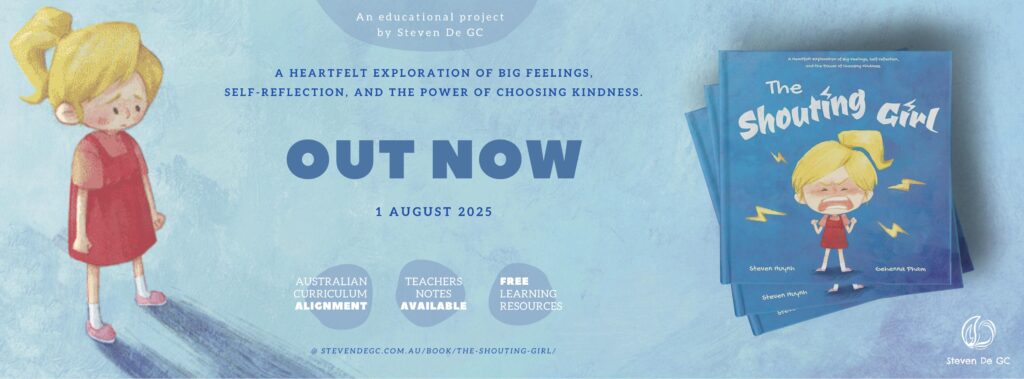
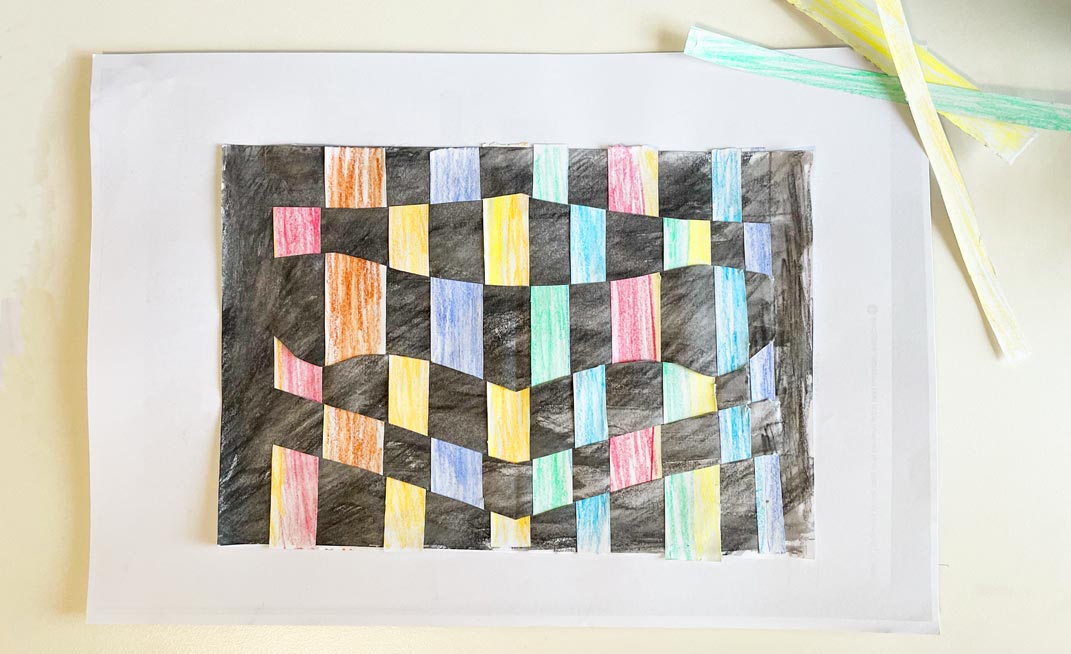
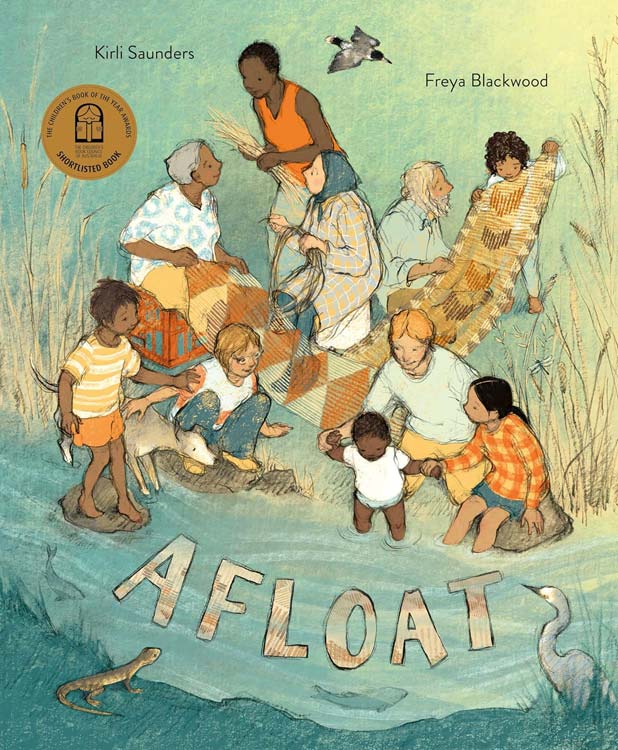
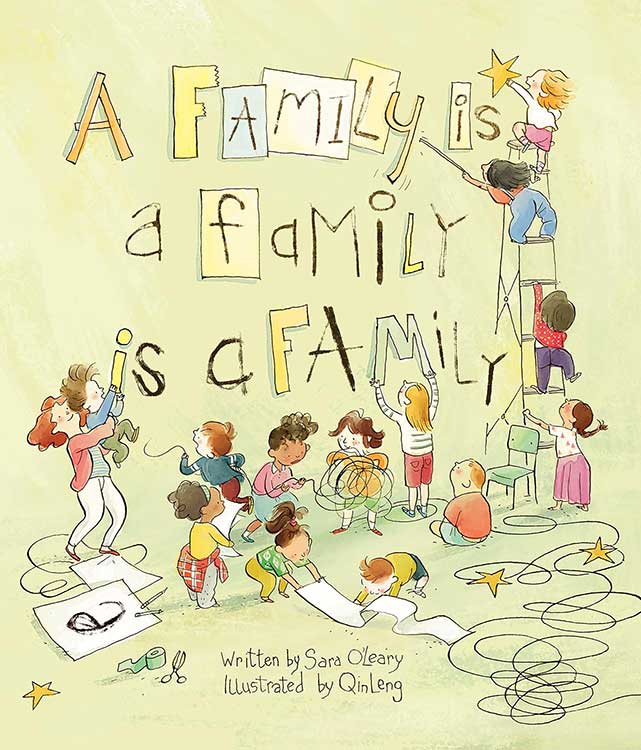
![[T4R] A Family is a Family is a Family Reading Unit for Foundation Year](https://stevendegc.com.au/wp-content/uploads/2025/03/T4R-A-Family-is-a-Family-UnitOverview.jpg)
![[T4R] A Family is a Family is a Family: L5 Summarising](https://stevendegc.com.au/wp-content/uploads/2025/03/T4R-A-Family-is-a-Family-L5-Cover.jpg)
![[T4R] A Family is a Family is a Family: L4 Connecting to a Similar Text](https://stevendegc.com.au/wp-content/uploads/2025/03/T4R-A-Family-is-a-Family-L4-Cover.jpg)
![[T4R] A Family is a Family is a Family: L3 Making Personal Connections](https://stevendegc.com.au/wp-content/uploads/2025/03/T4R-A-Family-is-a-Family-L3-Cover.jpg)
![[T4R] A Family is a Family is a Family: L1 Background Knowledge](https://stevendegc.com.au/wp-content/uploads/2025/03/T4R-A-Family-is-a-Family-L1-Cover.jpg)
